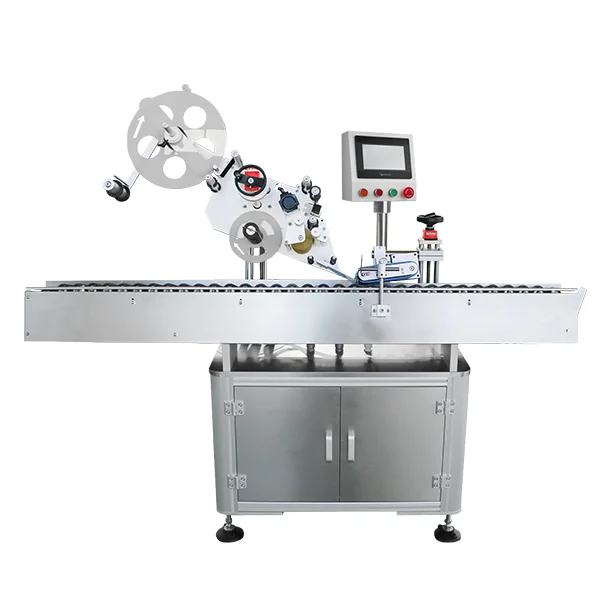Mechanical ventilation is a critical intervention in modern medicine, particularly in the management of patients with respiratory failure. As healthcare professionals strive to optimize patient outcomes, understanding the multifaceted goals of mechanical ventilation becomes paramount. This article delves into the primary objectives of mechanical ventilation, exploring its implications for patient care, the underlying physiological principles, and the evolving landscape of ventilatory support.
- Restoration of Adequate Gas Exchange
The foremost goal of mechanical ventilation is to restore adequate gas exchange in patients who are unable to maintain normal oxygenation and carbon dioxide elimination. This is particularly crucial in conditions such as acute respiratory distress syndrome (ARDS), chronic obstructive pulmonary disease (COPD), and pneumonia. By providing positive pressure ventilation, clinicians can enhance oxygen delivery to the alveoli while simultaneously facilitating the removal of carbon dioxide.
1.1 Oxygenation
Mechanical ventilation aims to achieve optimal oxygen saturation levels, typically targeting a SpO2 of 92% or higher. This is accomplished through various modes of ventilation, including assist-control (AC) and pressure support ventilation (PSV), which allow for tailored oxygen delivery based on the patient's specific needs.
1.2 Ventilation
In addition to oxygenation, effective ventilation is essential for maintaining acid-base balance. Hypercapnia, or elevated carbon dioxide levels, can lead to respiratory acidosis, necessitating the use of mechanical ventilation to facilitate adequate minute ventilation. The choice of tidal volume and respiratory rate is critical in achieving this balance, with considerations for lung protective strategies to minimize ventilator-induced lung injury (VILI).
- Reduction of Work of Breathing
Another significant goal of mechanical ventilation is to decrease the work of breathing (WOB) for patients experiencing respiratory distress. In conditions such as severe asthma exacerbations or neuromuscular disorders, the respiratory muscles may become fatigued, leading to respiratory failure. By providing mechanical support, clinicians can alleviate the burden on these muscles, allowing for recovery and stabilization.
2.1 Patient Comfort and Synchrony
Modern ventilators are equipped with advanced algorithms that promote patient-ventilator synchrony, enhancing comfort and reducing the risk of ventilator-induced complications. Ensuring that the ventilatory support aligns with the patient's own respiratory efforts is crucial for minimizing discomfort and promoting effective ventilation.
- Facilitation of Lung Protection Strategies
In the context of lung injury, mechanical ventilation serves as a platform for implementing lung protective strategies. The goal here is to minimize further damage to the lung parenchyma while providing adequate support. This involves the use of lower tidal volumes (typically 6 ml/kg of predicted body weight) and limiting plateau pressures to reduce the risk of barotrauma and volutrauma.
3.1 Recruitment Maneuvers
Recruitment maneuvers may also be employed to improve lung compliance and enhance gas exchange. These techniques aim to reopen collapsed alveoli, thereby increasing functional residual capacity (FRC) and improving overall oxygenation.
- Support for Weaning and Recovery
A critical goal of mechanical ventilation is to facilitate the weaning process, allowing patients to transition back to spontaneous breathing. This involves careful assessment of the patient's readiness for extubation, including evaluation of respiratory mechanics, gas exchange, and overall clinical stability.
4.1 Gradual Reduction of Support
Weaning protocols often involve a gradual reduction of ventilatory support, utilizing techniques such as spontaneous breathing trials (SBTs) to assess the patient's ability to maintain adequate ventilation independently. The goal is to promote recovery while minimizing the risk of re-intubation.
- Monitoring and Adjustment of Ventilatory Parameters
Continuous monitoring of ventilatory parameters is essential to achieving the goals of mechanical ventilation. Clinicians must regularly assess the patient's response to therapy, adjusting ventilatory settings as needed to optimize gas exchange and minimize complications.
5.1 Utilization of Advanced Monitoring Technologies
The integration of advanced monitoring technologies, such as capnography and esophageal pressure monitoring, can provide valuable insights into the patient's respiratory mechanics and help guide therapeutic decisions.
Conclusion
In summary, the goals of mechanical ventilation extend far beyond mere support of breathing. They encompass the restoration of gas exchange, reduction of work of breathing, implementation of lung protection strategies, facilitation of weaning, and continuous monitoring of patient response. As the field of mechanical ventilation continues to evolve, healthcare professionals must remain vigilant in their understanding of these goals to optimize patient outcomes and enhance the quality of care. By navigating the complexities of mechanical ventilation, clinicians can ensure that their patients receive the most effective and compassionate respiratory support possible.


